Cannabis-Linked ED Visits: Smoking vs Eating Matters
“If inhalable and edible cannabis were equally toxic and resulted in the same number of ED visits, we would expect that 0.3% of cannabis-attributable visits would be due to use of edible products,” Monte and colleagues say. “The observed proportion of cannabis-attributable visits with edible exposure was about 33 times higher than expected (10.7% vs 0.32%) if both routes of exposure were equally toxic.”
The authors note that because they can’t be sure that the edible cannabis sales in the Denver area are similar to the rate in the state overall, the proportion may be different in the region the hospital serves. Despite this and other limitations, the authors suggest that other jurisdictions considering cannabis legalization might take into account the relative toxicity of edible products.
“It may be best to limit edible products to medical indications in order to minimize pediatric exposures and mitigate the excessive rate of adult ED visits associated with these products. At the very least, users must be educated about the delayed kinetic profile and the increased risk for acute psychiatric and adverse cardiovascular events associated with edible ingestion,” they write.
In an accompanying editorial, Nora D. Volkow, MD, and Ruben Baler, PhD, from the National Institute on Drug Abuse, National Institutes of Health, Bethesda, Maryland, highlight the important clinical and public health implications of these findings.
There are several reasons why edible cannabis often leads to worse outcomes than inhalable cannabis, they explain.
Because orally-ingested THC is absorbed more slowly than inhaled THC, people using the edible products find it harder to titrate the doses required to produce the desired effects. This is compounded by the slower clearance of orally-ingested THC from the body, which can result in accumulation in people who take extra doses in an attempt to achieve the desired drug effect more quickly.
In addition, the relatively harmless appearance of edibles (especially to children) and the variability in their labeling accuracy further contribute to over consumption of these products.
Acknowledging that the complete range of potential adverse health consequences from cannabis consumption remain incompletely understood, the editorialists suggest that future research into the adverse effects of cannabis should focus on THC and cannabidiol content, route of administration, doses consumed, sex, age, body mass index, and the medical conditions for which it might be used
The results of this recent study “also underscore the urgent need for greater oversight of manufacturing practices, labeling standards, and quality control of cannabis products marketed to the public,” Volkow and Baler conclude
This study was supported by the Colorado Department of Public Health and Environment (CDPHE), and the National Institutes of Health. Two authors have reported receiving grants during the conduct of the study from the CDPHE. One author has also reported serving on the Colorado Retail Marijuana Public Health Advisory Committee. The remaining authors and the editorialists have disclosed no relevant financial relationships
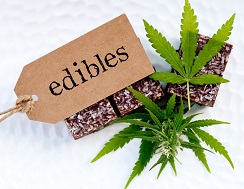


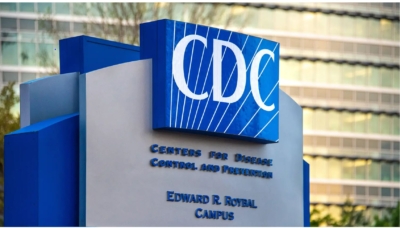
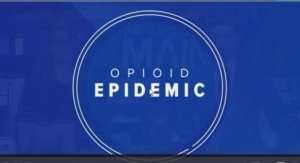
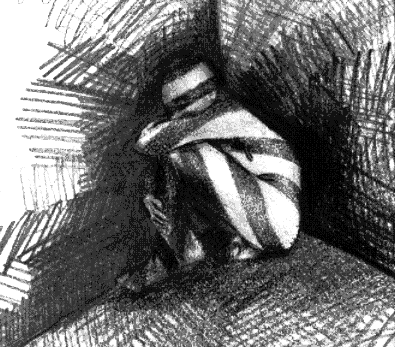

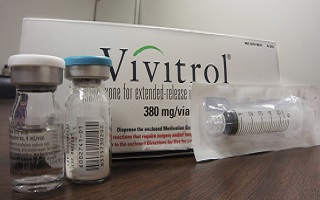
Leave A Comment